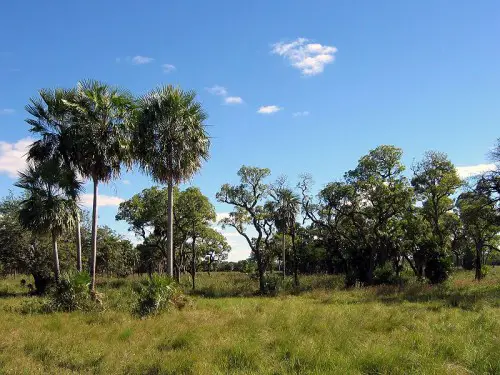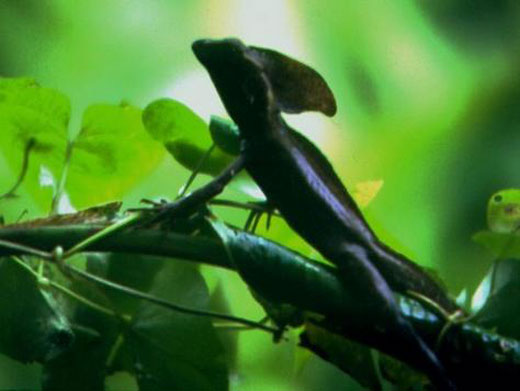Brazilian False Rice Rat
Also known as False Oryzomys, the Brazilian False Rice Rat (Pseudoryzomys simplex)- is a rodent species from south-central South America. This species is not well known although it is classified by the IUCN of having “Least Concern” conservation status.
However, what we do know is that the is found in lowland palm savannah habitats, as well as thorn scrub. This species is medium-sized, and weighs only about 50 grams. It has grey-brown fur, and narrow but low hind feet. Its tail is just as long as its body and head. Its underparts are buff. It has short hairs all over its body, but it has scales on its tale. On average, the head-body length is about 94 – 140 mm, and it has a tail length of about 102 – 140 mm.
Females have 4 pairs of teats which are present on the belly and chest. Males have a complex penis which have a penis bone which displays large protuberances on its side. The central digit is actually smaller than those at the sides.
The closest relatives to the Pseudoryzomys genus are the large rats, Lundomys and Holochilus. These rats are semi-aquatic as they spend much of their time in the water. These 3 genera do share several characteristics such as a specialised semi-aquatic lifestyle with complex molar crowns, and interdigital webbing (membranes between their digits).





